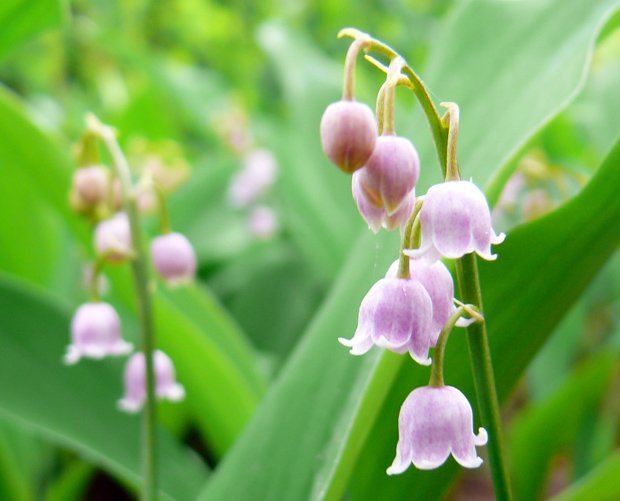Australia’s poisonous plants, part II

THOUGH PLANTS ARE SEEMINGLY static organisms, to make up for this shortcoming, they have developed some clever defence techniques to ward off predators. The most common plant defence is producing poison.
In Australia, there are more than 2000 plants known to be poisonous, says Ross McKenzie, author of Australia’s Poisonous Plants, Fungi and Cyanobacteria: A Guide to Species of Medical and Veterinary Importance (CSIRO). “But, it is very important to understand the concept of a ‘poisonous plant’ and that plants that may poison one animal species may be quite safe for another species,” he says.
“The animal species, the dose and the circumstances make the poison,” says Ross. “The flesh of avocado fruit may rapidly kill a budgerigar, but is nutritious for a human. Macadamia kernels, onions, garlic and grapes are potentially poisonous for dogs, but not humans.”
Should any of your own garden plants cause any harm to people or pets, Ross says, “no particular or special method of disposal is needed. Composting is a safe method. The important issue is preventing susceptible animals from gaining access to garden plants removed from gardens.”
Unfortunately, there are no common attributes to look out for; poisonous plants do not share a common colour, scent, fruit, flower or form. It is important to know particular species then, in order to recognise their toxicity.
RELATED STORIES

